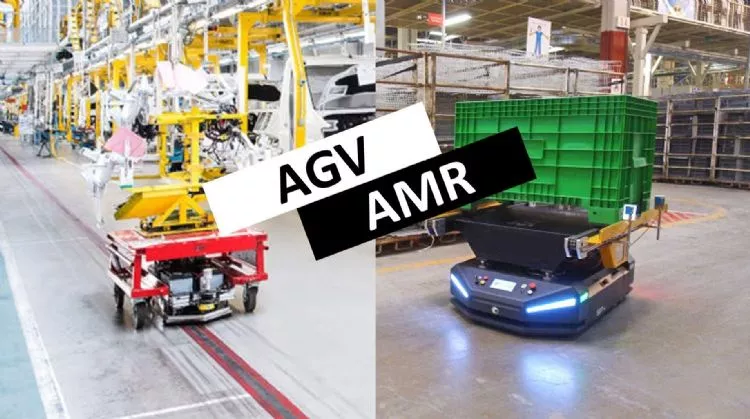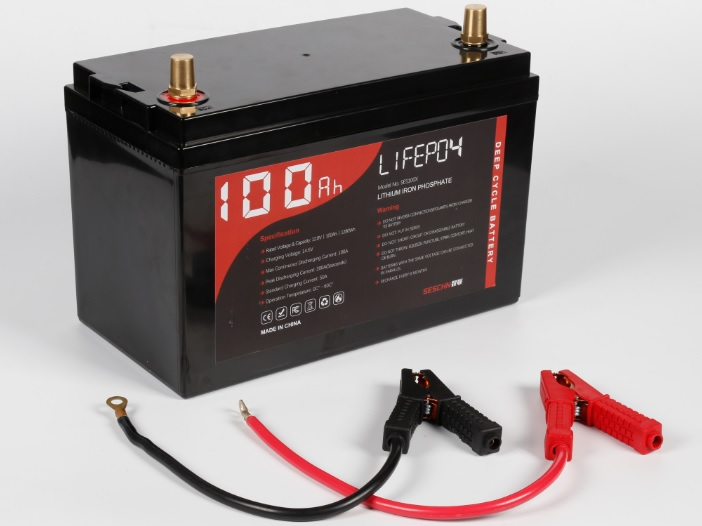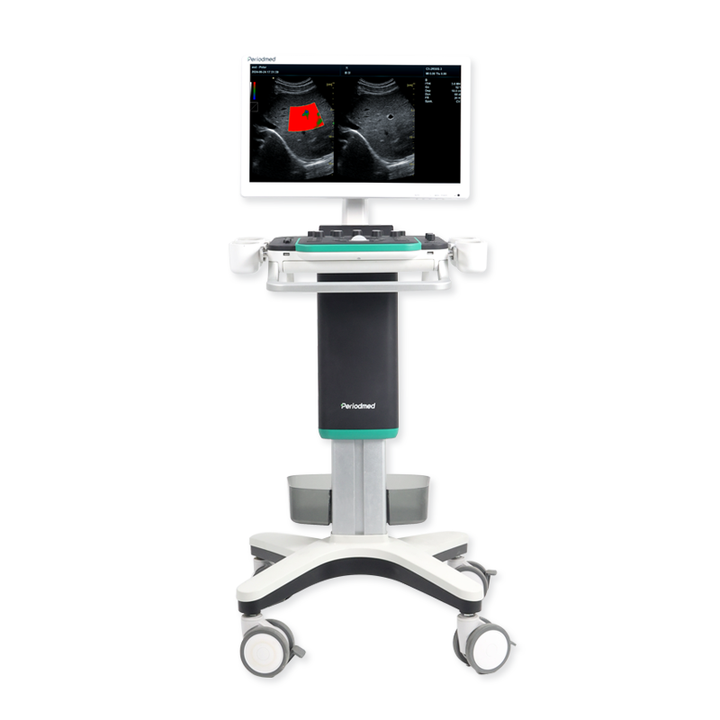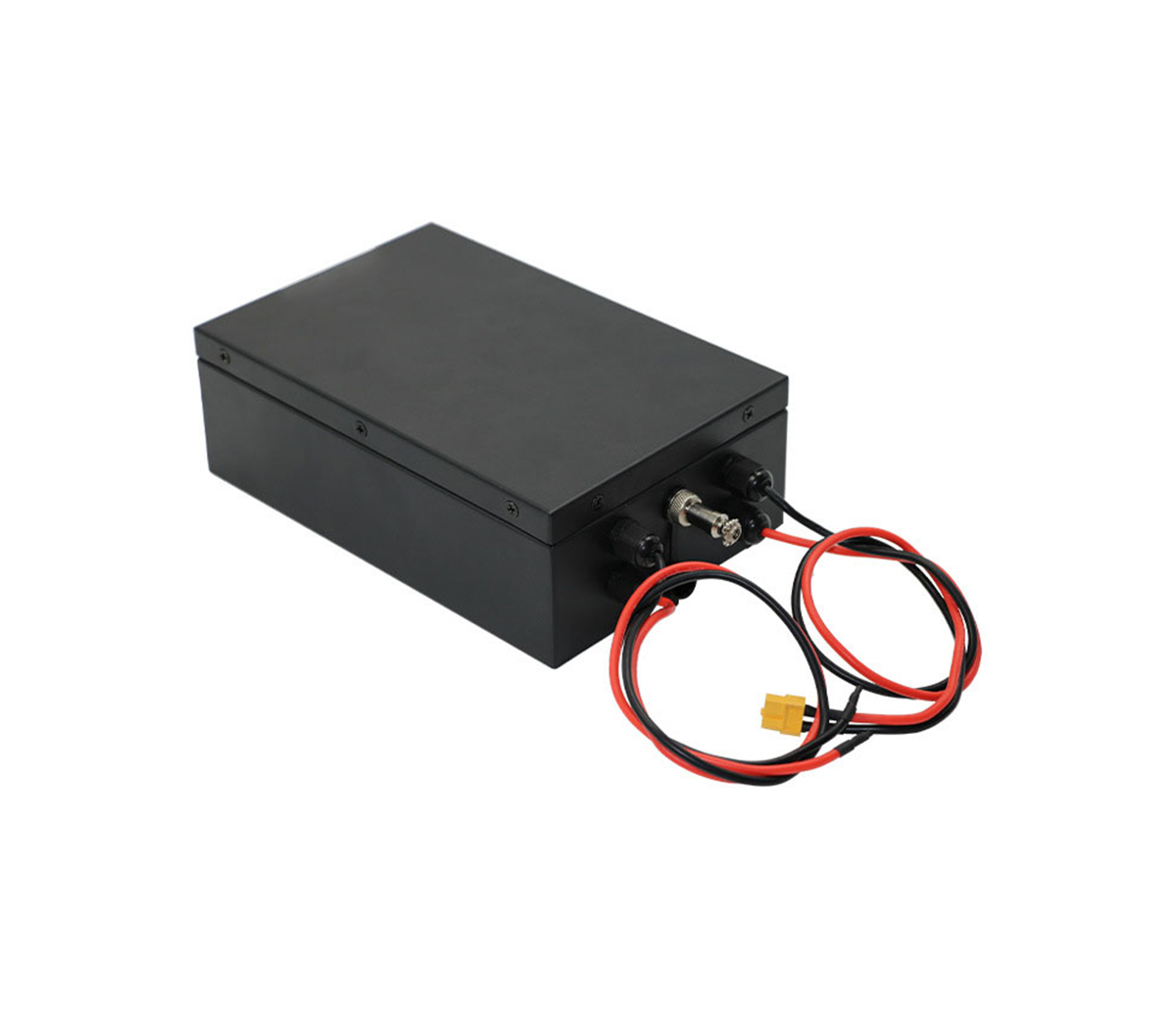From AGV to AMR, what are the differences and evolutions?
Whether it is a large or small enterprise, logistics is often a thorny
issue. In Toyota's lean production, handling is one of the seven major wastes,
and the best case is not to even handle the situation. In fact, this is
impossible.
If material handling can be automated, employee resources can be invested
in higher-value jobs.

The Automated Guided Vehicle (AGV) system widely used in traditional
factories is still a common solution for intralogistics automation. However, in
recent years, Autonomous Mobile Robot (AMR) has become the focus of discussion
in the market.
It can be seen that the "vehicle" attribute of this kind of logistics
handling equipment is being weakened, which further highlights the "robot"
attribute. From AGV to AMR, what are the differences and evolutions?
Simply put, both can realize material transportation. The difference is
that the AMR itself has powerful computing capabilities, which can sense changes
in the surrounding environment through sensors and make corresponding decisions.
However, the AGV is usually a large-scale execution device, with every move. All
depend on the scheduling of the central control system.
Here we have compiled a few of the most common differences between AGV and
AMR:
1. Course of action
Generally, the AGV will run on a fixed route. Regardless of parking,
acceleration, deceleration, and branching, it must rely on buried tags to issue
and receive instructions. The AGV can sense obstacles in front, but cannot go
around. Usually, it can only stop directly until the obstacles are removed
manually. This has great restrictions on the use environment and increases the
cost of maintenance.
AMR can use optical radar (LiDAR) or other sensing devices, with
simultaneous positioning and map construction (Simultaneous Localization and
Mapping; SLAM) technology, with autonomous navigation capabilities.
AGV is similar to a subway system that runs on rails, strictly controlling
the time of entry, opening and staying, while AMR is a car that can go to any
place at will. When the purpose is set, it can produce the most convenient
navigation path.
2. Scope of application
An AGV usually can only follow a fixed route during the entire service life
(if you want to change the route, you need to update the equipment and
surroundings), which means that its specific applications will be very
limited.
AMR can change tasks only through simple software adjustments. It can
control multiple robots by software. The software can automatically prioritize
instructions. It can also select the most suitable robot based on location and
applicability.
3. Applicable to traditional business models
The flexibility and flexibility presented by AMR are particularly important
in the modern manufacturing environment. If you need to add tasks that are
different from the past, AMR can quickly update and execute new tasks
immediately. AGV is limited to fixed infrastructure.
Although AMR has many advantages, compared with traditional AGV, the cost
of a single machine is slightly higher. If the application scenario is single,
or simple short-distance point-to-point transportation, AGV is still worth
considering; if the application scenario has higher requirements for automation
and unmanned operation, Then AMR may have more advantages.

The relationship between AGV and AMR is not so much a competition as it is
a complementary relationship. The evolution of AMR opens up more possibilities
for transportation vehicles and fills in those scenarios that are not suitable
for traditional AGV applications. Of course, they are also facing the same
problem, that is, the improvement of sports energy. Traditionally, high-capacity
lithium batteries are used, but the safety of lithium batteries is a major
hidden danger, so they all begin to use high-safety, cycle life of up to 4000
times. Lithium iron phosphate battery. In particular, AGVs that still use
traditional lead-acid batteries urgently need to be replaced with lithium iron
phosphate batteries.




































